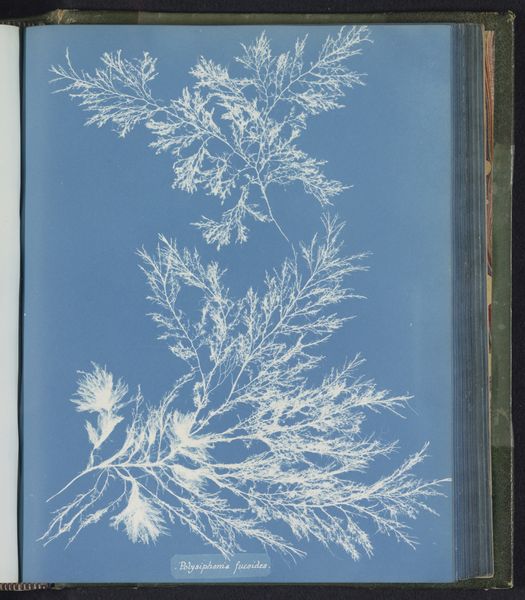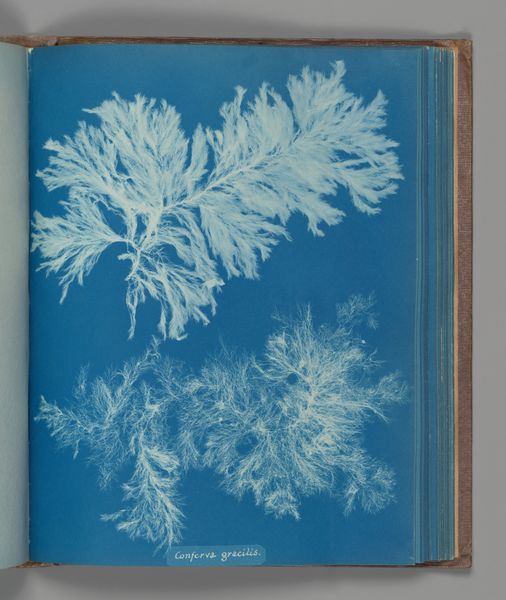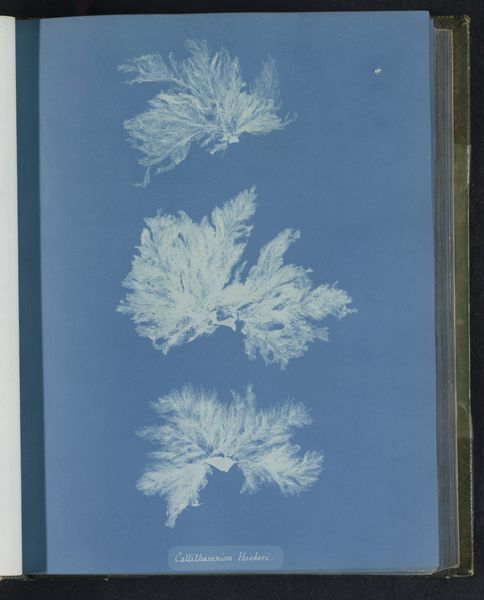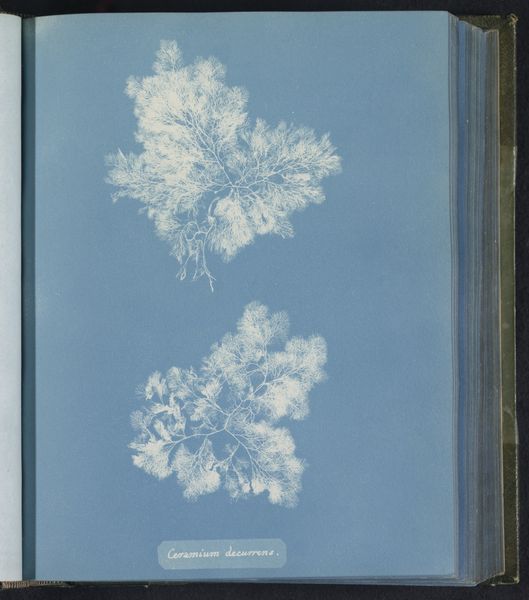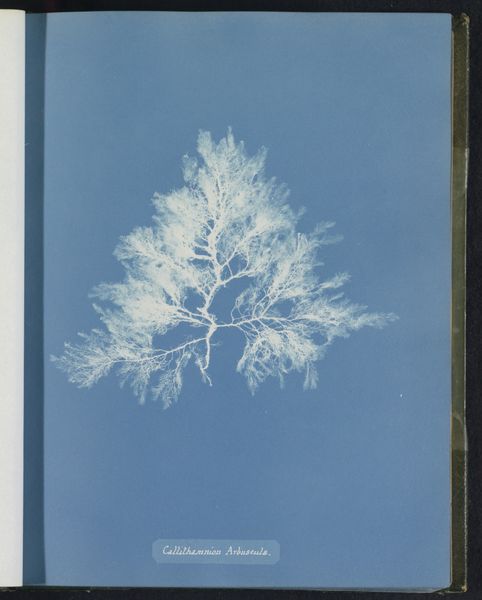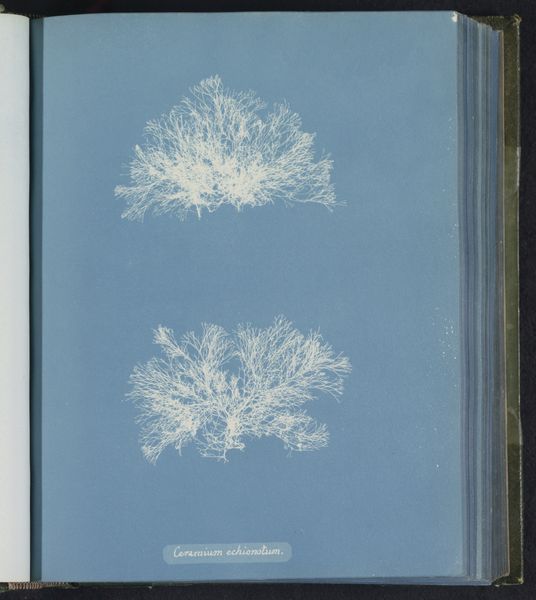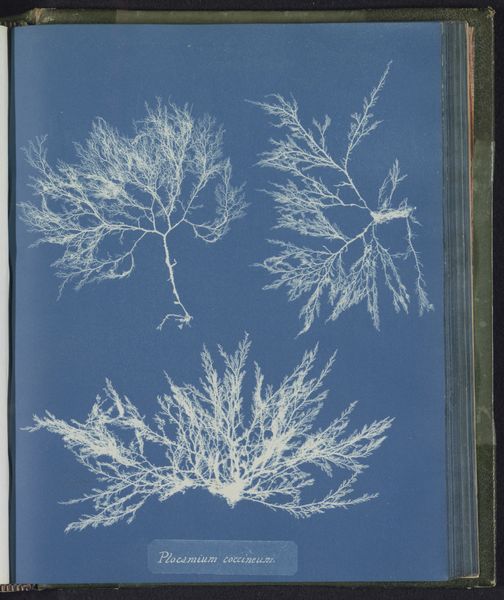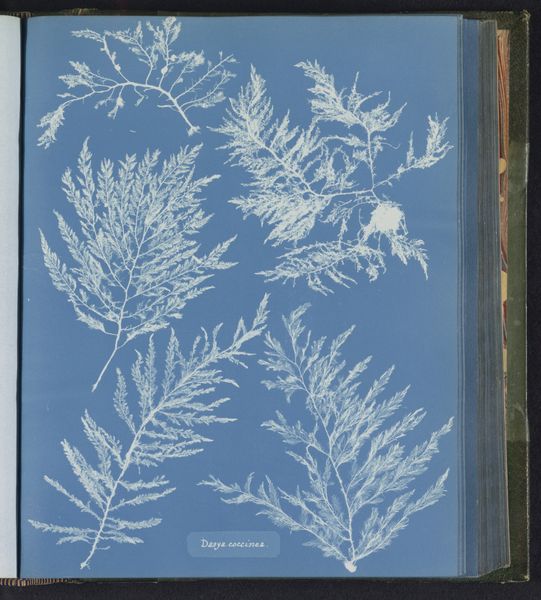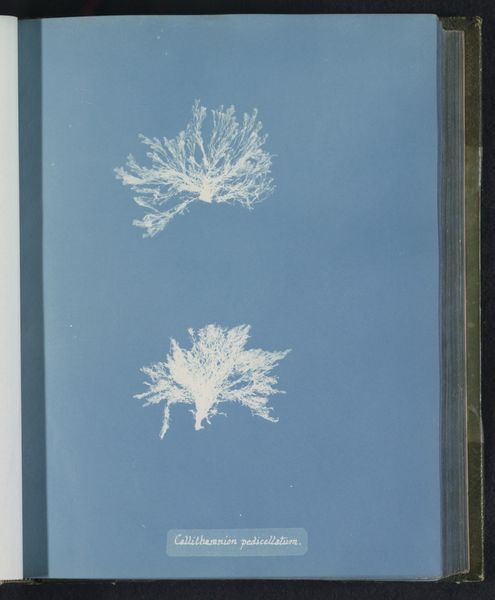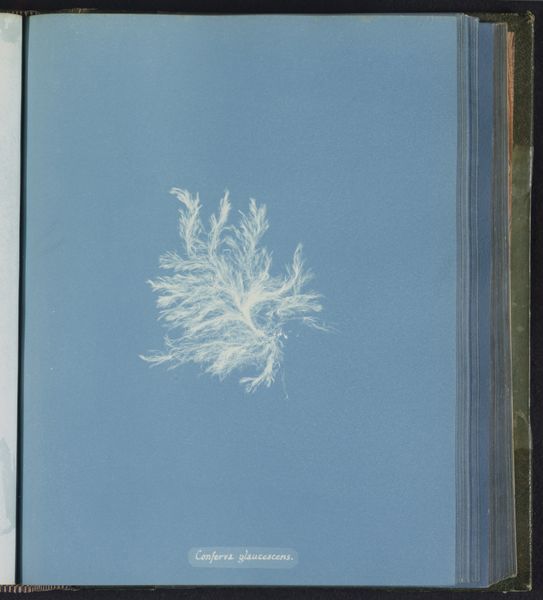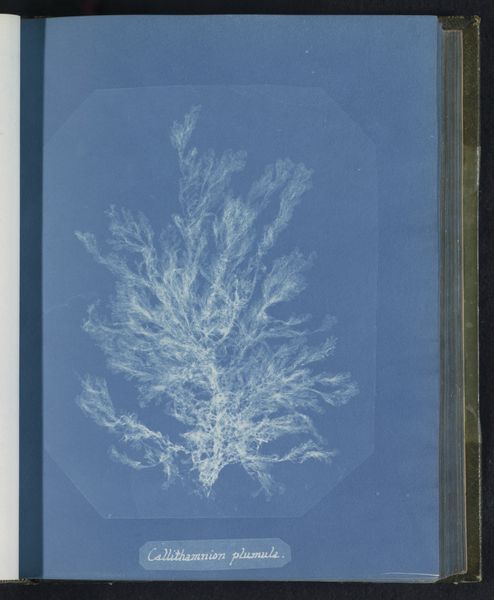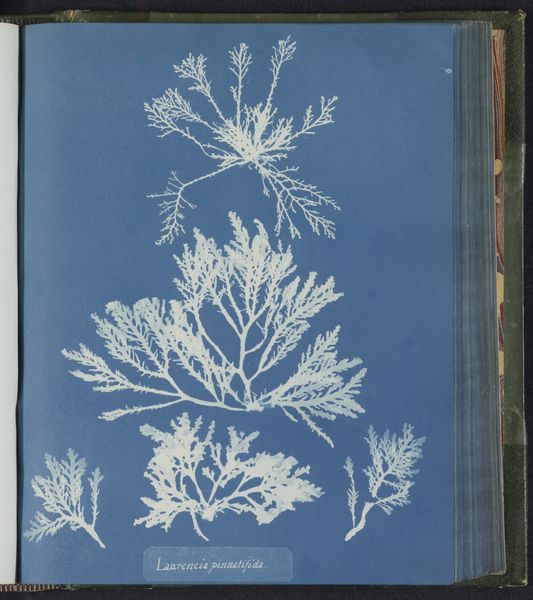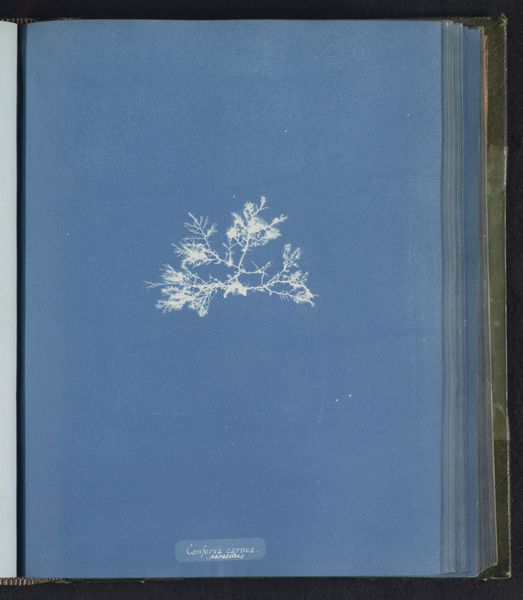
print, cyanotype, photography
# print
#
cyanotype
#
photography
#
realism
Dimensions: height 250 mm, width 200 mm
Copyright: Rijks Museum: Open Domain
Editor: We're looking at Anna Atkins' "Conferva gracilis," a cyanotype print from the mid-1800s. It feels almost like a ghostly dream of seaweed, this deep blue and delicate white. What captures your imagination most when you see it? Curator: Ah, Anna! For me, it’s the unexpected combination of art and science, isn't it? She's not just creating an image; she's documenting, almost reverently, this marine algae. Look at how the cyanotype process transforms a common seaweed into something ethereal. It makes me wonder, did she see the world differently through this lens? Did she see the beauty others missed? Editor: I hadn't really thought of the science angle! The way the details come through in the print is fascinating. What does knowing it's a cyanotype add to the experience, do you think? Curator: Well, the cyanotype, a relatively new technique at the time, adds a layer of experimental audacity. It suggests a curious mind at play, willing to embrace the unexpected results of a chemical reaction. The choice to present the seaweed as a negative – a white impression on blue – almost feels like unveiling a secret. Does it feel like she's hiding or showing us something about it? Editor: That makes so much sense. I appreciate how the technical process mirrors this revealing of hidden beauty you speak about. I’ll certainly never look at seaweed the same way again! Curator: Nor will I! Isn't it delightful how one small artwork can reveal so many hidden layers, both artistic and scientific? I find it quite magical, myself!
Comments
No comments
Be the first to comment and join the conversation on the ultimate creative platform.
